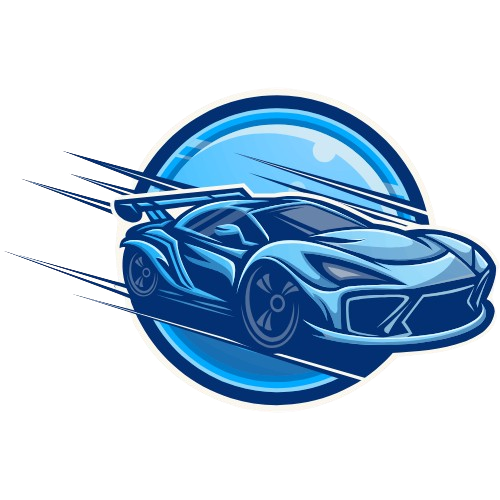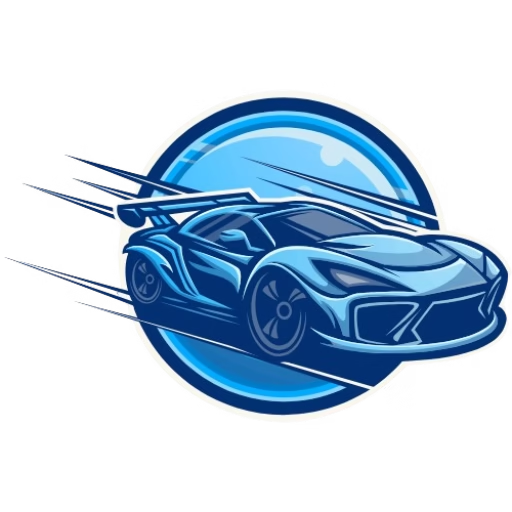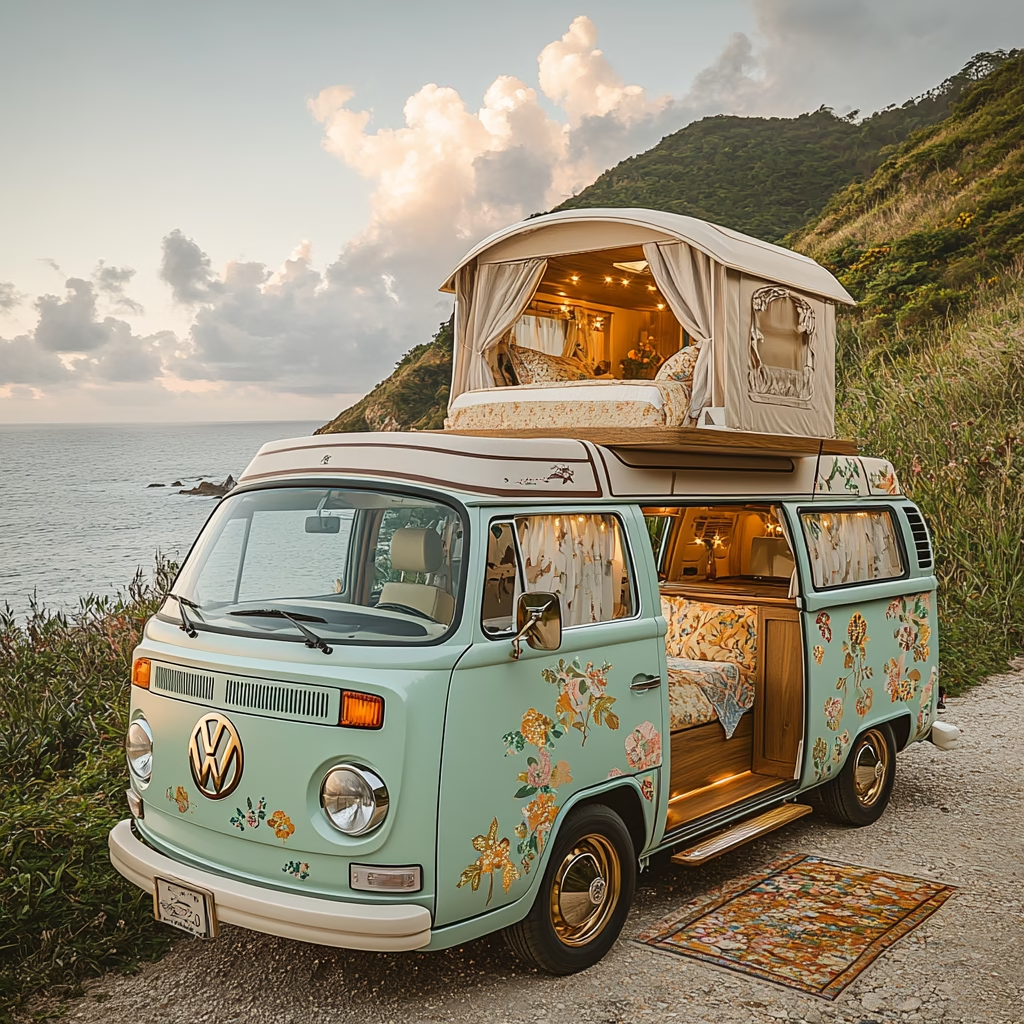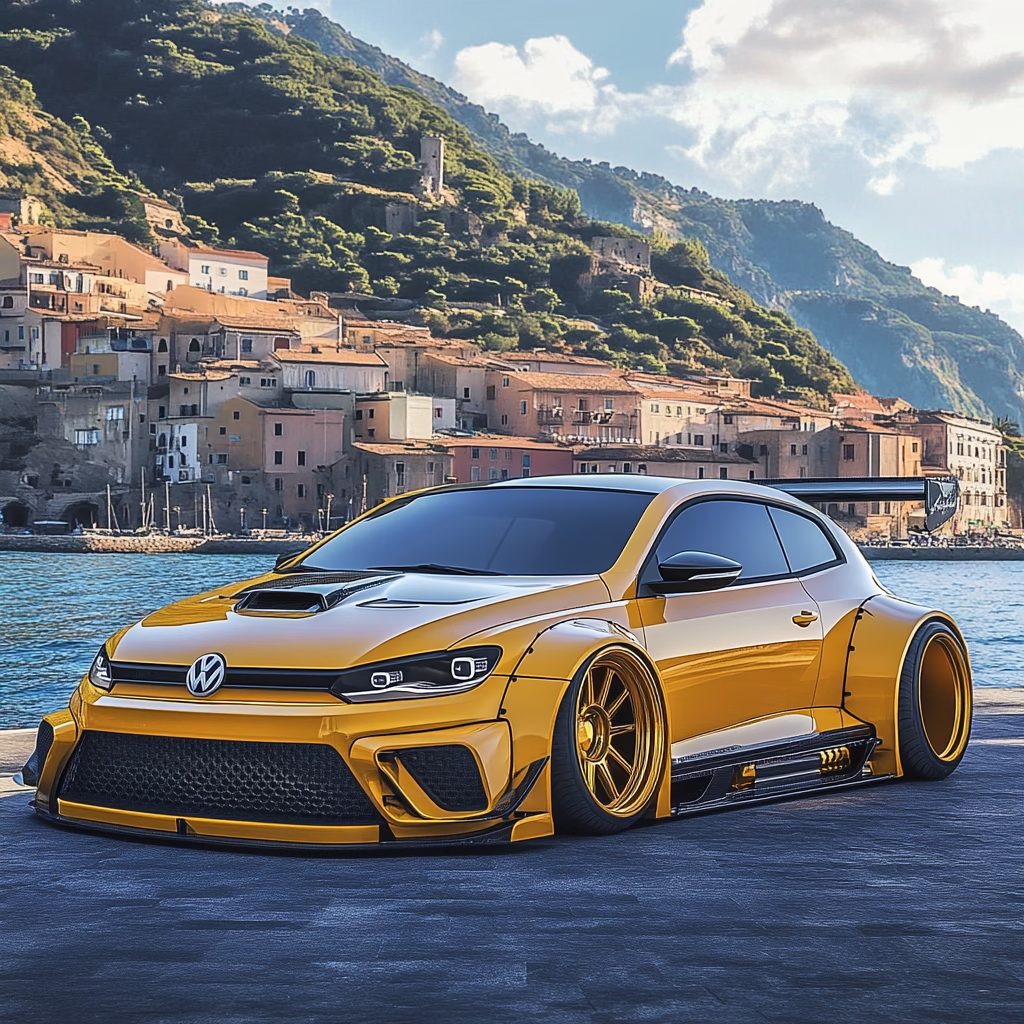The automotive world is buzzing with anticipation as one of history’s most beloved vehicles prepares for a dramatic comeback. After bidding farewell to the market in 2019, the Volkswagen Beetle is reportedly set to make its triumphant return in 2026—reimagined, redesigned, and revolutionized for the electric era. This article explores everything we know so far about the Volkswagen Beetle 2026, from its electric powertrain to its design philosophy and market positioning.
The Iconic Beetle: A Brief History Before Its Electric Future
Few vehicles in automotive history have achieved the cultural significance of the Volkswagen Beetle. First introduced in the 1930s as the “people’s car,” the original Beetle sold over 21 million units worldwide before production finally ended in 2003. The New Beetle (1997-2011) and the A5 Beetle (2011-2019) continued the legacy, but neither quite captured the magic of the original.
When Volkswagen discontinued the Beetle in 2019, many believed we had seen the last of the iconic silhouette. However, as electrification reshapes the automotive landscape, Volkswagen appears to have found the perfect opportunity to reintroduce their most famous model—this time with zero emissions.
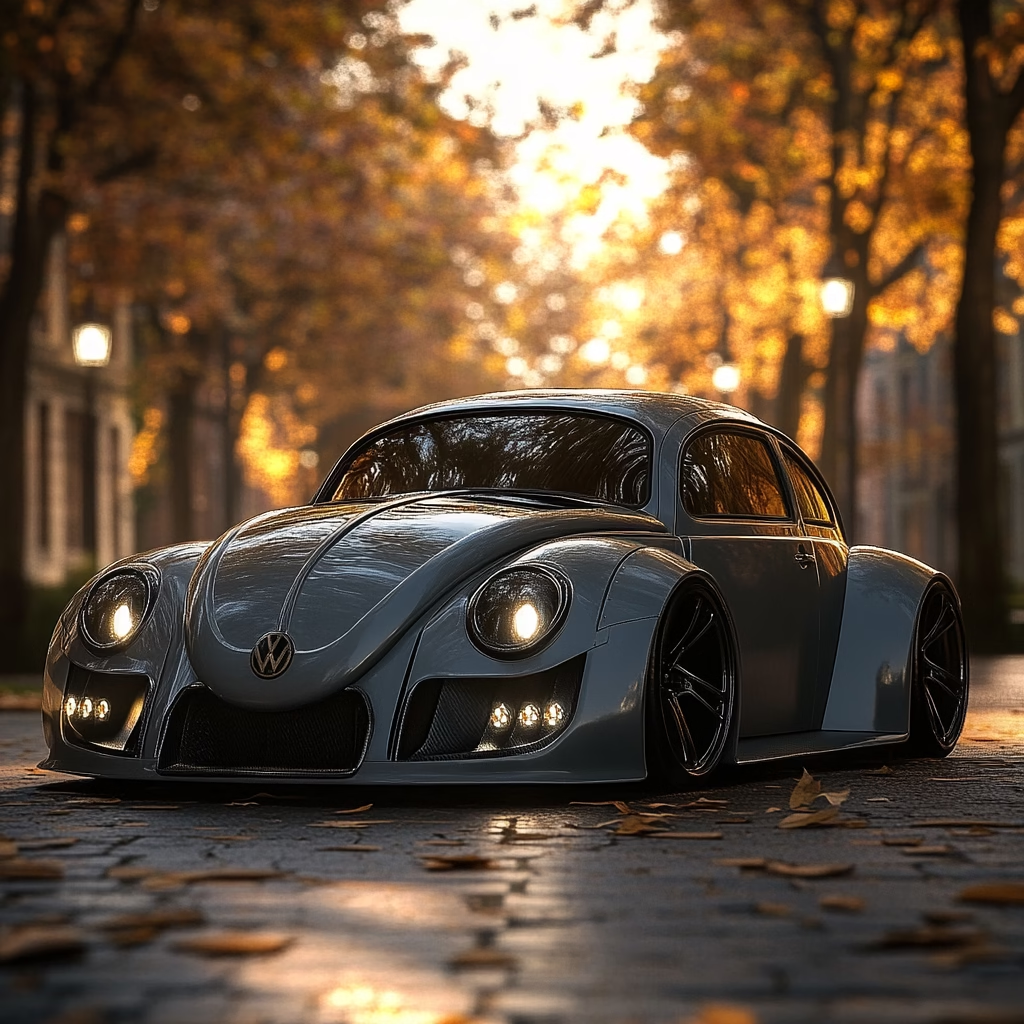
Volkswagen Beetle 2026: Electric Transformation
Platform and Technology
The Volkswagen Beetle 2026 will reportedly be built on Volkswagen’s MEB platform (Modularer E-Antriebs-Baukasten or Modular Electric Drive Matrix). This scalable platform already underpins several successful electric vehicles in the Volkswagen Group portfolio, including the ID.3, ID.4, and Audi Q4 e-tron.
The MEB architecture offers several advantages for the new Beetle:
- Flexible battery sizing: The platform can accommodate various battery sizes, allowing Volkswagen to offer different range options.
- Rear or all-wheel drive configurations: The original Beetle featured a rear-engine layout, and the MEB platform’s ability to support rear-mounted motors would maintain this heritage.
- Spacious interior: With no traditional engine and transmission tunnel, the interior space can be maximized, addressing one of the original Beetle’s limitations.
Expected Performance Specifications
While official specifications remain unconfirmed, industry analysts anticipate the 2026 Beetle will offer:
- Range: Between 250-350 miles on a full charge, depending on battery configuration
- Power output: Multiple options ranging from approximately 150 hp in base models to over 300 hp in performance variants
- Charging capability: 125-150 kW DC fast charging, enabling an 80% charge in approximately 30 minutes
- Acceleration: The top-spec version could achieve 0-60 mph in under 6 seconds
Design Evolution: Honoring the Past While Embracing the Future
The design of the Volkswagen Beetle 2026 presents a fascinating challenge for Volkswagen’s design team: how to honor the unmistakable silhouette while creating something thoroughly modern and suited to electric architecture.
Exterior Design Elements
Early reports and concept renderings suggest the 2026 Beetle will feature:
- Distinctive rounded silhouette: The iconic dome shape will remain, though likely with more aerodynamic refinements
- LED lighting technology: Circular headlights will remain but updated with advanced LED matrix technology
- Reduced overhangs: The MEB platform allows for shorter front and rear overhangs, creating more interior space
- Modern wheels: Larger wheel options (likely 19-20 inches) with aerodynamic designs to improve efficiency
- Color palette: Expect a range of vibrant, retro-inspired colors alongside more contemporary options
Interior Innovation
The interior of the Volkswagen Beetle 2026 is expected to blend nostalgic elements with cutting-edge technology:
- Minimalist dashboard: Following current EV trends, expect a clean, uncluttered design focused around a large central touchscreen
- Sustainable materials: Recycled fabrics, vegan leathers, and reclaimed materials will likely feature prominently
- Retro-inspired touches: Chrome accents, body-colored panels, and classic-styled gauges may appear as nods to the original
- Panoramic roof: Many renderings suggest a large glass roof to enhance the feeling of spaciousness
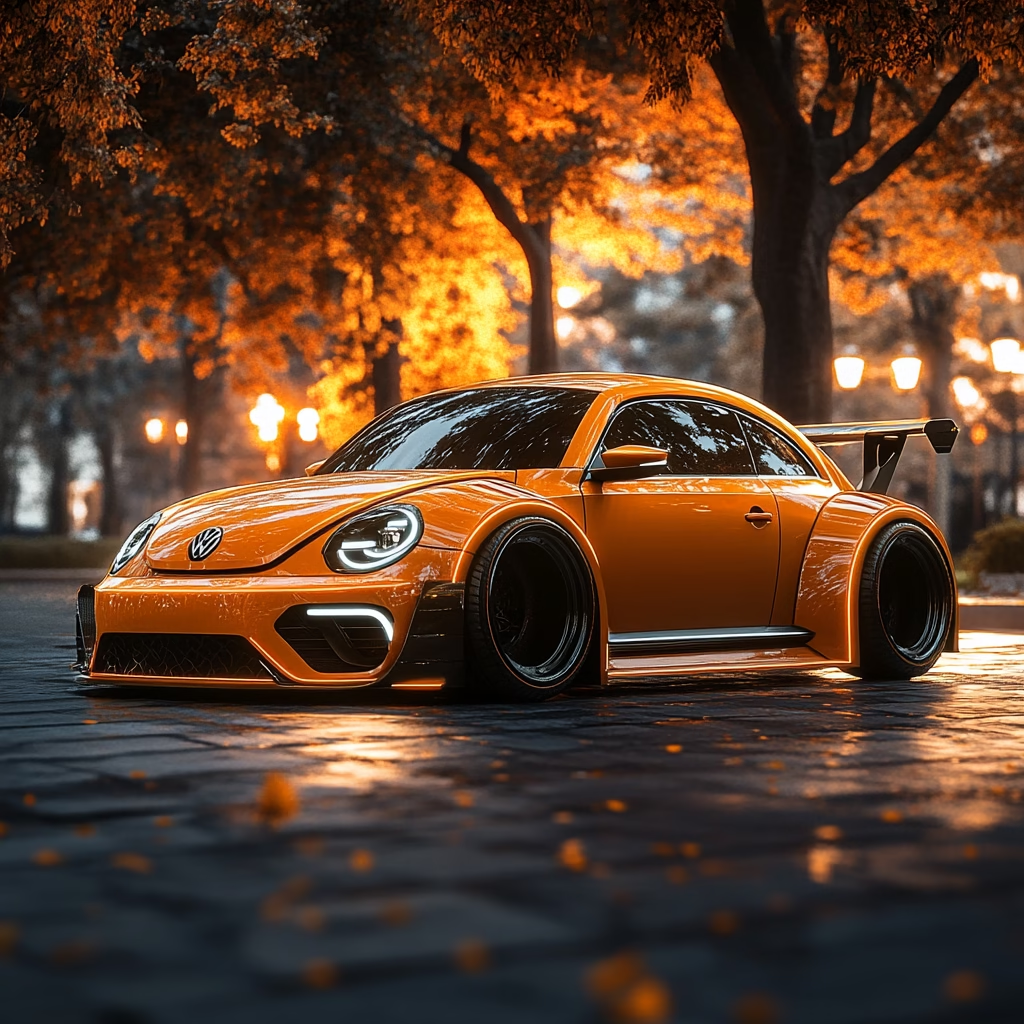
Technology and Connectivity Features
As a 2026 model, the new Beetle will need to incorporate state-of-the-art technology to compete in the premium EV market:
- Next-generation infotainment: Expect a 12-15 inch central touchscreen with advanced voice control
- Digital instrument cluster: A fully customizable driver display
- Augmented reality head-up display: Projecting navigation and safety information directly onto the windshield
- Over-the-air updates: Allowing the car to improve and gain new features throughout its lifecycle
- Advanced driver assistance systems: Including Level 2+ autonomous driving capabilities
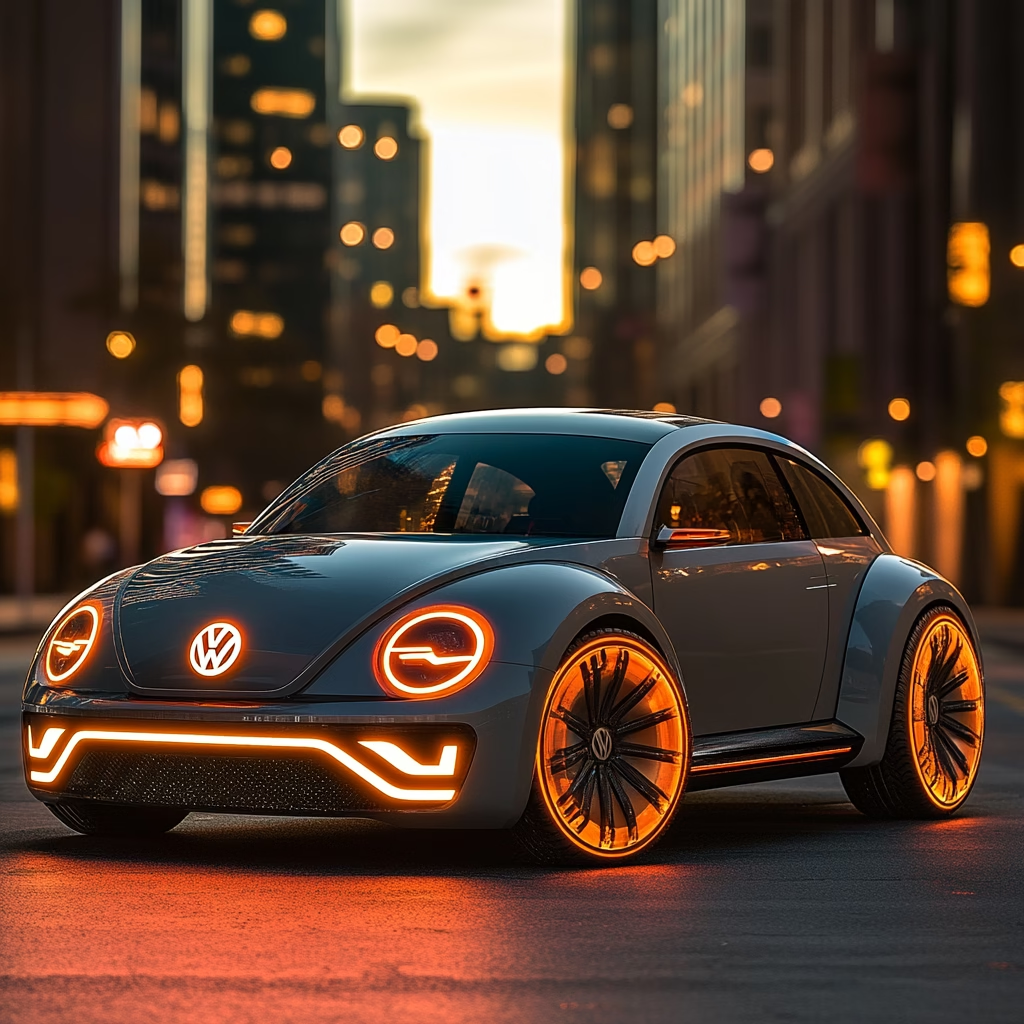
Market Positioning and Target Audience
The Volkswagen Beetle 2026 appears to be positioned as a premium compact EV with strong emotional appeal. Unlike the previous generations, which were positioned as affordable, accessible vehicles, the new electric Beetle will likely target:
- Nostalgic buyers: Those with emotional connections to previous Beetles
- Urban professionals: Seeking a distinctive, environmentally conscious vehicle with character
- Premium compact EV shoppers: Currently considering vehicles like the MINI Electric
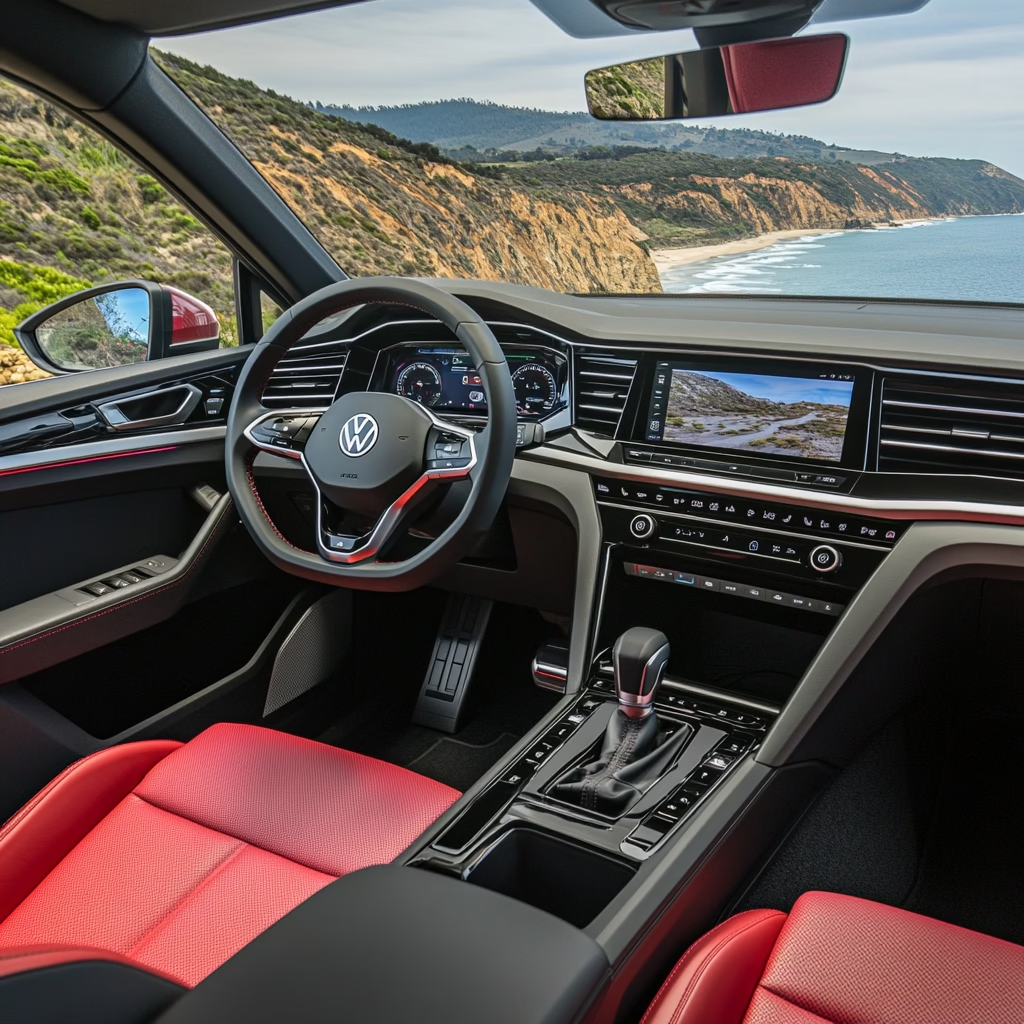
Production and Availability
Industry reports suggest the Volkswagen Beetle 2026 will begin production in late 2025 or early 2026 at one of Volkswagen’s dedicated EV manufacturing facilities. Initial markets are expected to include:
- Europe (particularly Germany, UK, and Scandinavian countries)
- North America (US and Canada)
- China
- Select markets in Asia and Oceania
Production volumes are rumored to be more limited than Volkswagen’s mainstream electric offerings, potentially enhancing the model’s exclusivity and collector appeal.
Challenges and Opportunities for the Volkswagen Beetle 2026
Challenges Facing the Electric Beetle
The Volkswagen Beetle 2026 faces several significant challenges:
- Crowded EV market: By 2026, the electric vehicle market will be significantly more competitive than today
- Price justification: Convincing buyers to pay a premium for emotional design in a rational EV market
- Balancing heritage with innovation: Creating something new while respecting the Beetle’s legacy
- Performance expectations: Meeting the handling and driving character expectations associated with the Beetle name
Opportunities for Success
Despite these challenges, the Beetle 2026 has several factors working in its favor:
- Unmatched heritage: Few EVs can claim the cultural significance and built-in recognition of the Beetle
- Design distinctiveness: In a market of increasingly similar-looking EVs, the Beetle’s unique shape would stand out
- Emotional connection: The Beetle name evokes positive associations that few automotive brands can match
- Halo effect: A successful electric Beetle could enhance Volkswagen’s overall image as an EV innovator
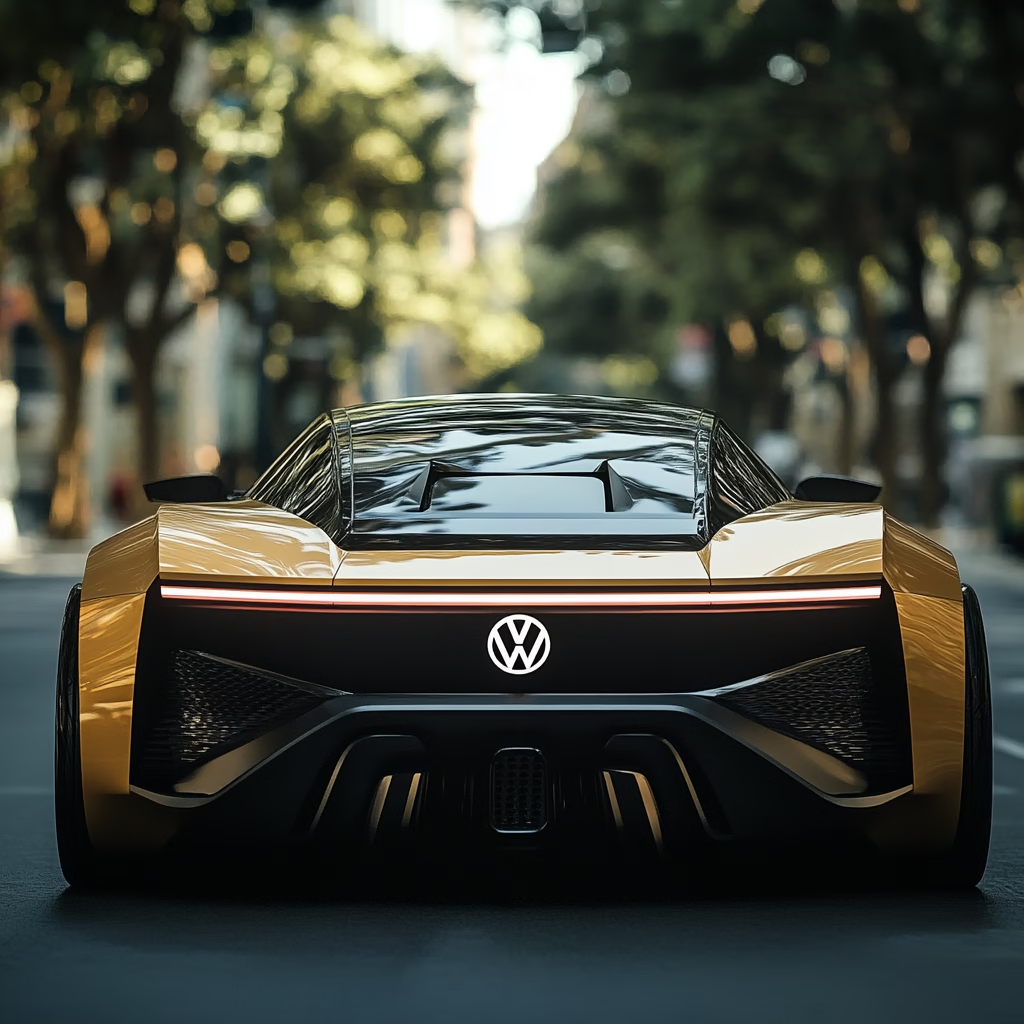
Volkswagen’s Electric Future and the Beetle’s Role
The reintroduction of the Beetle as an electric vehicle would represent more than just another model in Volkswagen’s lineup it would symbolize the company fully embracing its electric transformation while honoring its most famous creation.
By 2026, Volkswagen aims to have more than 25 all-electric models available globally. The Beetle would serve as an emotional anchor in this new electric lineup, connecting Volkswagen’s past to its future.
Conclusion: The Beetle’s Electric Renaissance
The Volkswagen Beetle 2026 represents a fascinating automotive story the revival of an icon for a new era. While much remains speculative until Volkswagen makes official announcements, the potential return of the Beetle as an electric vehicle generates excitement across the automotive world.
If executed correctly, the electric Beetle could accomplish something remarkable: honoring a 20th-century automotive icon while creating a compelling 21st-century electric vehicle. For Volkswagen enthusiasts and EV adopters alike, the 2026 Beetle represents a captivating blend of nostalgia and innovation proof that even in the electric future, some automotive legends never truly die.
As we await more concrete details from Volkswagen, one thing seems certain—the Beetle’s distinctive shape may soon once again bring smiles to roads worldwide, this time without a drop of gasoline. The people’s car appears ready to become the people’s electric car, and the automotive world is all the better for it.
